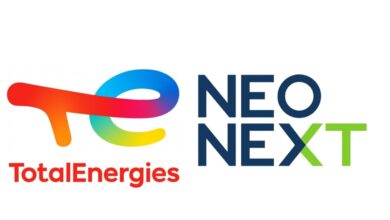New satellite data highlight large underreporting of hydraulic fracturing activity
Kayrros announced that hydraulic fracturing activity was underreported by more than 20% in the Permian, the most prolific US basin, in 2018.
Using optical and synthetic aperture radar imagery tracking together with proprietary algorithms to identify rigs and frac crews, Kayrros found that in 2018 alone, more than 1,100 wells were completed in the Permian basin but not reported through state commissions or FracFocus, a public repository for information on the chemicals used during fracking. The total figure of 6,394 completed wells counted by Kayrros for 2018 represents a 21% increase on the FracFocus estimate of 5,272 wells as of June 20, 2019.
US light tight oil, commonly referred to as shale oil, has been the world’s fastest growing source of oil supply in the last 10 years, turning the US into the largest liquids producer and a major exporter of crude oil and refined products. Experts rely their analysis of the sector on data submitted by operators to state commissions and FracFocus.
Kayrros measurements reveal that public data fail to capture the full scale of fracking. The macroeconomic implications of this underreporting are far-reaching. For one thing, the backlog of drilled but uncompleted (DUC) wells is considerably smaller than thought. In any given month, Kayrros evaluates the Permian DUC inventory at just around 1,000 wells. Most of this rolling inventory results from regular drilling and completions operations. Over time, the number of wells drilled generally matches that of wells completed, leaving DUC inventories relatively unchanged. The prevalent view that shale operators sit on a large backlog of DUCs that could be quickly brought to production in the event of an oil crisis even without further drilling is thus deeply misleading. There is just no such inventory.
The findings also transform the perception of light tight oil economics. In light of these measurements, the average well is both less productive and higher-cost than reflected in public data.
“Misperceptions about shale oil in general and the Permian in particular have consequences, hence the importance of these measurements that show Permian production per well has been substantially overestimated,” Andrew Gould, former Chairman of BG and Chairman CEO of Schlumberger and Kayrros advisory board chairman, said. “By the same token, average production costs per well are understated. With far more wells contributing to Permian and US oil production than accounted for, current shale oil production is substantially more water- and sand-intensive than is commonly believed.”
“For all its revolutionary impact on the oil industry, shale remains poorly understood. Publicly available data based on old-fashioned company reporting have their limits,” Antoine Halff, Kayrros Chief Analyst and Co-Founder, added. “Hard measurements unlocked by new data technologies show that contrary to public belief, there is no great buildup of DUCs just waiting to be brought online. The whole idea that the market can rely on this sort of de facto spare production capacity is an illusion. The industry is actually running on a much tighter leash than that.”
The findings have significant implications for the assumed efficiency of the Permian Basin. The analysis revealed that while oil production is accurately measured in monthly US statistics, it took many more wells to account for that production in 2018 than were reported. Assuming a cost of $5 million per horizontal completion, 2018 operator capex is also underestimated by as much as $4.1 billion. Further, the sand and water intensity of Permian tight oil production in 2018 was 23% greater than previously recorded with sand demand being underestimated by 9.2 billion lb and water by 12.5 billion gallons.




